- Academics
-
Research
-
Centres
- E-Health Research Centre (EHRC)
- Machine Intelligence & Robotics CoE (MINRO)
- Centre for IT & Public Policy (CITAPP)
- Cognitive Computing CoE (CCC)
- Centre for Accessibility in the Global South (CAGS)
- COMET Tech Innovation Hub (NM-ICPS)
- IIITB Innovation Centre
- Modular Open-Source Identity Platform (MOSIP)
- Centre for Open Societal Systems (COSS)
- Centre for Digital Public Infrastructure | CDPI
-
Labs
- Surgical and Assistive Robotics Lab
- Scalable Data Science and AI Lab
- Graphics-Visualization-Computing-Lab
- Web Science Lab
- Multimodal Perception Lab
- Software Engineering and Analysis Lab
- High Density Electronic Systems Lab
- Networking and Communication Lab
- Remote Sensing, GIS and Spatial Computing Lab
- Indian Knowledge System (IKS) Lab
- Smart City Lab
- Ascend Studio
- Radar Sensing Lab
- CSSMP
- Advanced Wireless Communications Lab
- Speech Lab
- Connected Devices and Wearables Lab
- Outreach
- Publications
- Policy
-
Centres
- Placements
- Campus Life
- Media
- People
- About Us
- Indian Knowledge System (IKS) Lab
- Research/Objectives
- Functions/Team
- Research-Projects
- Research based Internships
- Happenings & Research Openings
- Mapping of EEG Montages
The principal objective of IKS research Lab at IIITB is to investigate; conduct critical studies; highlight the strength of IKS; exploit its fullest potential; showcasing its significance for sustainable environment, love for nature, holistic ways of living, health conscious that ultimately leads to quality life for everyone in the plane.
Background and Relevance
Indian Knowledge System (IKS) suggests a number of thematic areas of IKS, where lot of research and studies are needed. This includes study of health and wellbeing, and consciousness; art and culture; mathematics and astronomy etc. Community wellness and quality of life are very important for any individual, especially in rapidly changing and technology driven society and world. Current literature suggests work on using AI for healthcare applications. The focus of the work has not been exploiting the IKS domains, Yoga, consciousness and mindfulness practices and thus the proposed work to be carried out in the IKS Lab has relevance in context of National Education Policy of Govt. of India (NEP2020) as well as IKS for holistic development of students and improved wellness of community.
Under Ministry of Education, Government of India has established IKS division with a vision to promote interdisciplinary and transdisciplinary research on all aspects of IKS, and disseminate IKS knowledge for further innovations and societal applications. The IKS division promotes research and critical studies in various IKS domains aiming at original, serious, and deep scholarly research in IKS and rejuvenate IKS research in India. IKS division includes traditional knowledge in mathematics and astronomy; chemical and material science; health, wellness, and consciousness studies; political and economic thoughts; arts, traditions, and rich culture etc.
Contribution to the IKS Mission of India
National Education Policy 2020 (NEP2020) emphasizes much on Indian Knowledge System (IKS) for holistic development of students. The traditional knowledge of medicine, mindfulness practices (Vipassana), heritage etc. has to be provided to the students so that understanding the importance of IKS fields for excellent wellbeing is developed, in addition to all around professional development. So, this AI intervention-based study aims at fulling the most important expectation envisaged in NEP2020.
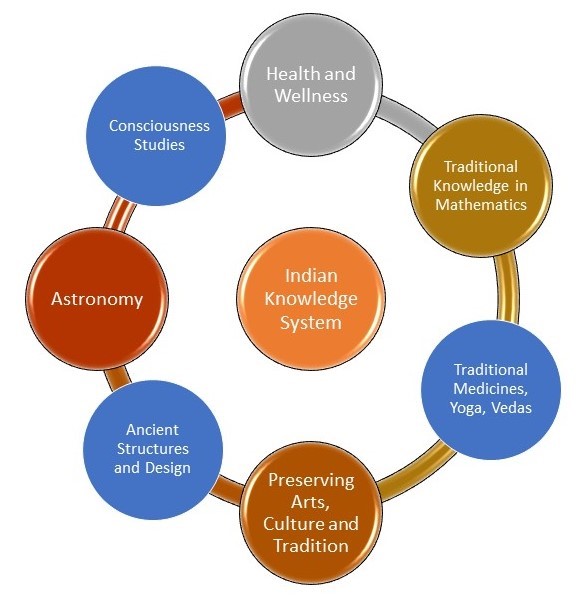
People Working in Lab
1. G. R. Sinha, Professor as Principal Investigator (PI): He has been working in the areas of Biomedical Signal Processing and its applications in Cognitive Science Research which includes study of mental well-being, stress, emotion, brain disability etc.
2. Srinath Srinivasa, Professor & Dean (R&D) as Co-PI: Has been closely working in the area of Cognitive Computing, Impact of the web on Humanity and Social Empowerment. Has published a very interesting and relevant work on theory of being from traditional Indian perspective
The Indian knowledge system, rooted in ancient texts like the Vedas, encompasses a vast array of disciplines such as philosophy, science, mathematics, astronomy, medicine, and spirituality. Philosophical traditions like Vedanta, Yoga, and Tantra, along with the six major schools of Indian philosophy, explore fundamental questions about existence and consciousness. Ancient Indian scholars made significant contributions to science and mathematics, with advancements in astronomy and the development of concepts like zero and decimal notation. Ayurveda, the ancient science of holistic healing, and practices like yoga and meditation reflect the deep spiritual and well-being aspects of the Indian knowledge system. This treasure trove of ancient wisdom continues to inspire and enlighten us, showcasing India's rich cultural heritage and its profound contributions to humanity.
The IKS lab acts as a platform for disseminating knowledge and promoting awareness of the Indian knowledge system. We conduct research to explore and document various aspects of the IKS. This includes studying the impact of traditional yoga practices on brain activity, automated detection of mind wandering during meditation, exploratory analysis of various meditational practices using psychometric and different biological time-series data.
The principal objective of IKS research Lab at IIITB is to investigate; conduct critical studies; highlight the strength of IKS; exploit its fullest potential; showcasing its significance for sustainable environment, love for nature, holistic ways of living, health conscious that ultimately leads to quality life for everyone in the plane.
Objectives
- To preserve and showcase the depth and breadth of Indian knowledge for sustainable society and future generation
- To promote, preserve and disseminate Indian knowledge system; foster a deeper understanding of India's intellectual and cultural heritage
- To conduct research in the area of Yoga, Meditation and Mindfulness for Sustainable Health
Functions of the Lab
- Research and Documentation
- Knowledge Preservation
- Educational Initiatives
- Knowledge Dissemination
- Interdisciplinary Collaboration
- Outreach and Awareness
- Impact Analysis of IKS domains using AI Intervention
People Working in IKS Lab
- Prof. Srinath Srinivasa
- Prof. G. R. Sinha
Research Staff
- Kapil Gupta, PDF
- Siddarth Lotia, JRF
- Ishan Banshpal, JRF
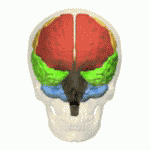
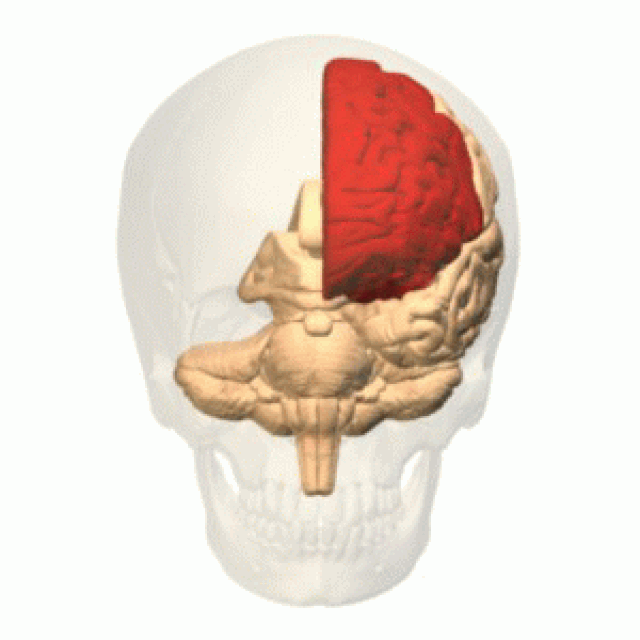
1. Research Project supported by Mphasis
Title: Artificial Intelligence (AI) Intervention based Scientific Study of Yoga and Consciousness for Community Wellness and Augmented Quality of Life
Overview of Research Project
Due to fast changing lifestyle and imbalanced workload, a considerable percentage of the population suffers with mental problems such as stress, brain related disability, improper sleep etc. which affects their quality of life, that subsequently affects the productivity in both personal and professional life. Lot of research and studies are ongoing across the world in the area of AI intervention for augmented community well-being but very limited research has been carried out on AI-based study of impact of Yoga and other Consciousness practices. This work proposes AI intervention and use of Machine Learning approaches for understanding the impact of Yoga and related consciousness practices in improvement of quality of life, community wellness. The biomedical and neurological attributes of persons shall be studied and classified under various mental conditions through different stages of Yoga.
Mission Statements of Project Work
- To study impact of Yoga on mental wellbeing, consciousness and sleep quality
- To safeguard or improve community wellbeing through Artificial Intelligence intervention
- To study Cognitive ability and impact of Yoga and Mindfulness practices
Broad Impact and Outcomes of the Research Project
- Improved awareness towards traditional knowledge of health, wellness and mindfulness practices
- Acceptance of Yoga and Consciousness Practices due to Scientific Evidence
- Augmented Community Wellness and Improved Quality of Life
Team and Expertise
The steering team consists of the following:
- G. R. Sinha, Adjunct Professor as Principal Investigator (PI): Has been working in the areas of Biomedical Signal Processing and its applications in Cognitive Science Research which includes study of mental well-being, stress, emotion, brain disability etc.
- Srinath Srinivasa, Professor & Dean (R&D) as Co-PI: Has been closely working in the area of Cognitive Computing, Impact of the web on Humanity and Social Empowerment. Has published a very interesting and relevant work on theory of being from traditional Indian perspective.
Submitted work under the project:
Analysing the impact of Mind-Wandering During Meditation on EEG Signals
In this work, we have developed a machine learning system for detection the automated detection of expert (non-MW) and novice (MW) subjects using multi-resolution analysis of EEG data to enhance the quality of life.
Our developed system attained the highest classification accuracy of 87.41%.
 EEG fragments of expert and novice class
EEG fragments of expert and novice class
Study of Heartfulness Meditation on Life Satisfaction and Perceived Stress detection
In this research, we specifically looked at how Heartfulness meditation can help female students reduce stress and improve their quality of life.The findings of this study suggest that Heartfulness meditation practise provides significant benefits to female students of all ages.

Schematic illustration of the study
2. Research Project supported by MINRO
Title: Machine Learning based Classification of Practitioners and Non-Practitioners of Yoga, Meditation and Breathing Practices for Improved Quality of Life and Community Wellness
Investigators:
- Principal Investigator (PI): G R Sinha, Professor, International Institute of Information Technology Bangalore (IIITB), Karnataka, India.
- Co-PI: Varun Bajaj, Associate Professor, Indian Institute of Information Technology, Design & Manufacturing (IIITDM) Jabalpur, MP, India.
 Proposed ML based classification system
Proposed ML based classification system
Study of Impact of Meditation in Sustainable Health through EEG based Analysis
.jpg)


Meditation and Brainwave Patterns: During meditation, the brain undergoes distinct changes in brainwave patterns, which can be detected through EEG measurements. Research has shown that different meditation techniques can elicit specific brainwave patterns. For example, practices like mindfulness meditation often lead to an increase in alpha waves, associated with relaxed attention, while focused attention practices may enhance beta wave activity, associated with concentration and alertness.
Effects of Meditation on EEG Signals: Regular meditation practice has been found to have various effects on EEG signals. Long-term meditators tend to exhibit alterations in baseline brainwave activity, including increased alpha and theta waves, as well as enhanced coherence and synchrony between different brain regions. These changes indicate a state of calmness, mental clarity, and increased attentional abilities.
Mindfulness and Attention: EEG studies have shown that mindfulness meditation can enhance attentional capacities. It has been observed that experienced meditators display improved sustained attention, better ability to focus, and reduced mind-wandering. These improvements can be reflected in EEG signals, such as increased alpha power in the parietal region associated with attentional control.
States of Consciousness: EEG signals can also shed light on the different states of consciousness experienced during meditation. Deep states of meditation, such as those achieved in advanced practitioners or during transcendental experiences, may exhibit unique brainwave patterns, including increased theta and gamma activity.
Neuroplasticity and Long-Term Effects: Long-term meditation practice has been linked to neuroplastic changes in the brain. EEG studies have shown alterations in cortical thickness, increased functional connectivity, and changes in brain regions associated with attention, emotion regulation, and self-awareness. These findings suggest that meditation can have lasting effects on brain structure and function.
Brain Mapping and EEG Electrode Localization
EEG (electroencephalography) channel localization is an important step in brain mapping, which involves identifying the specific regions of the brain associated with each EEG channel. EEG channel localization is typically performed using a combination of anatomical knowledge, referencing techniques, and brain imaging data. Here's an overview of the process:
International 10-20 System: The International 10-20 System is a widely used standard for electrode placement in EEG. It defines specific positions on the scalp where electrodes are placed. The positions are determined based on a percentage of the total distance between key anatomical landmarks, such as the nasion (the bridge of the nose) and the inion (the bony prominence at the back of the head). This system provides a rough approximation of the underlying brain regions.
Reference Placement: EEG signals are measured with respect to a reference electrode, which serves as a baseline for the recorded activity. The choice of reference can affect the interpretation of EEG data. Common reference options include linked mastoids (located behind the ears), average reference (average of all electrodes), and bipolar reference (using adjacent electrodes as references).
Neuroimaging Techniques: Neuroimaging techniques, such as MRI (magnetic resonance imaging) or fMRI (functional magnetic resonance imaging), can provide structural and functional information about the brain. These imaging modalities can help in localizing the brain regions corresponding to specific EEG channels. Core registration techniques can align EEG electrode positions with the structural images to aid in accurate localization.
Source Localization: Advanced techniques, such as source localization, can be used to estimate the neural generators of EEG signals. Source localization methods attempt to identify the specific brain regions responsible for generating the observed EEG activity. These methods utilize mathematical models and algorithms to estimate the underlying neural sources based on the recorded scalp EEG data.
It's important to note that EEG channel localization provides a rough estimation of brain activity localization. While it can give valuable information about the spatial distribution of EEG signals, it doesn't provide precise localization down to individual neurons.
Work of Internships
- Machine learning approach for mind-wandering detection during meditation using EEG signals.
- Study on effectiveness of Heartfulness meditation in reduction of perceived stress and enhancement of life satisfaction
- Exploring the impact of traditional meditational schemes on human brain using EEG signals
- Exploratory analysis of various meditational practices using psychometric data
- Localization of EEG channels for various brain activity detection
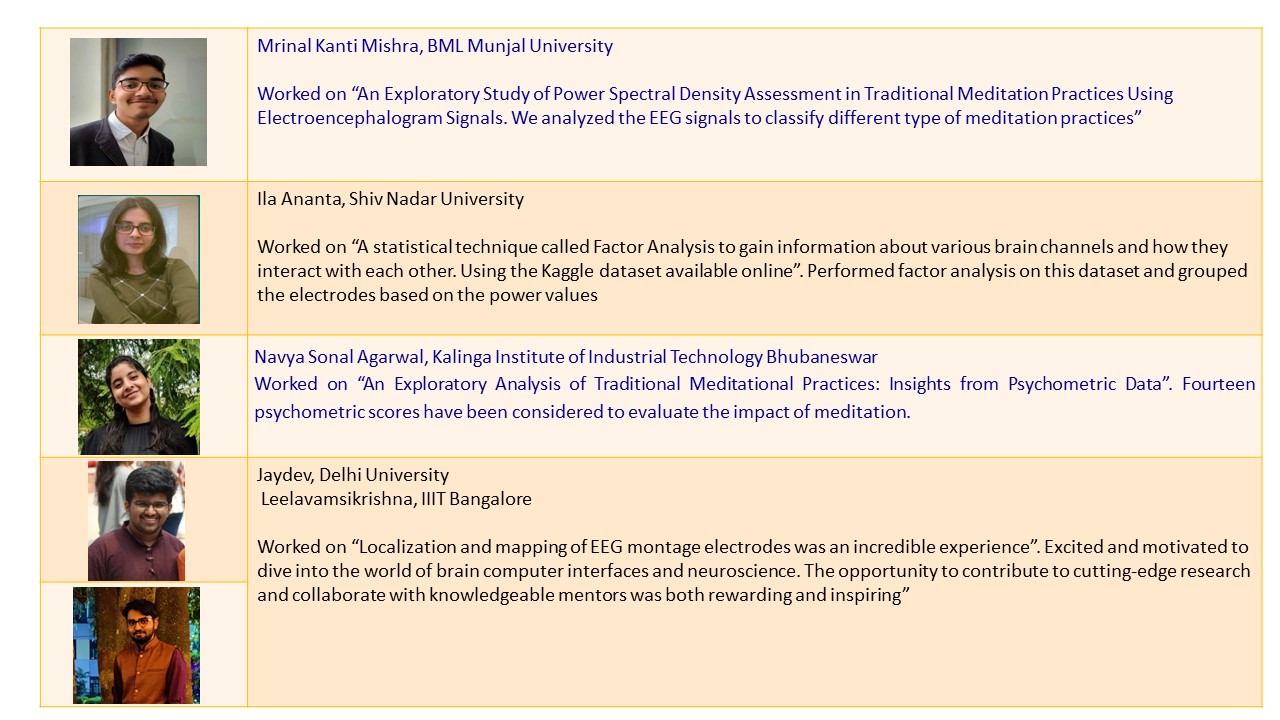
1. Traditional Meditational Practises: An Exploratory Analysis using Psychometric Data
This study compares the effects of three conventional meditation techniques—Himalayan Yoga (HP), Isha Shoonya (SNY), and Vipassana (VIP)—with a control group (CTR) during meditative (MED) and guided mind-wandering (IMW) blocks.
2. Variations in the EEG signals during traditional meditational
This study compared practitioners of Vipassana, Himalayan Yoga,Isha Shoonya meditation and transcendental meditation with a control group during both meditative and instructed mind-wandering (IMW) sessions using EEG signals.

Alpha-band of EEG signal during meditation
3. Alignment of EEG electrodes with different activities and functionalities of Brain


4. Factor Analysis of EEG Data for Channel Grouping
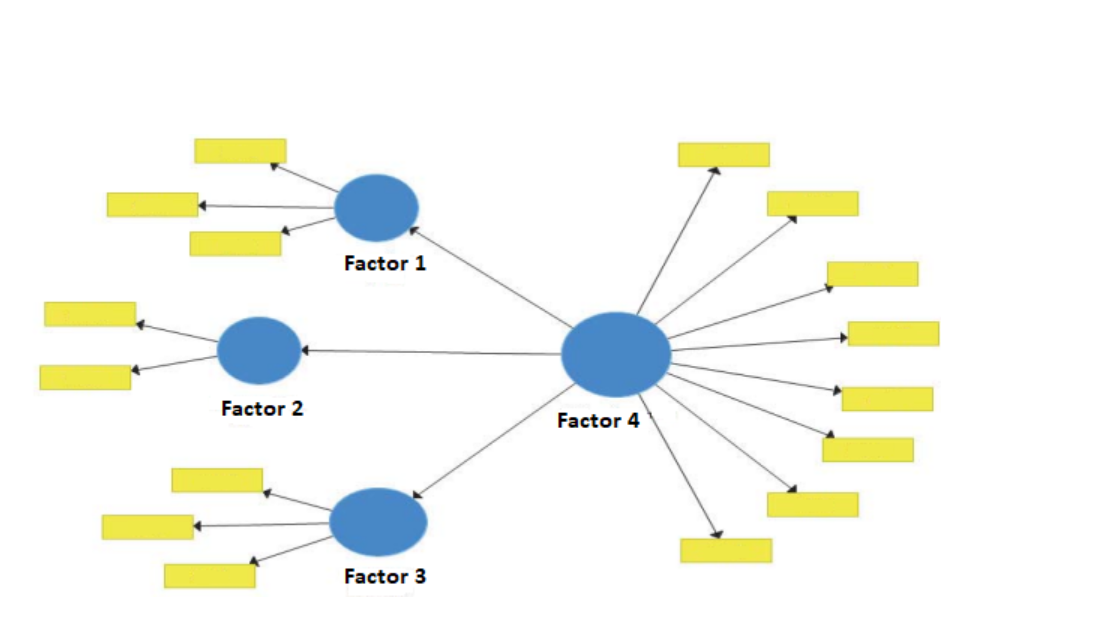
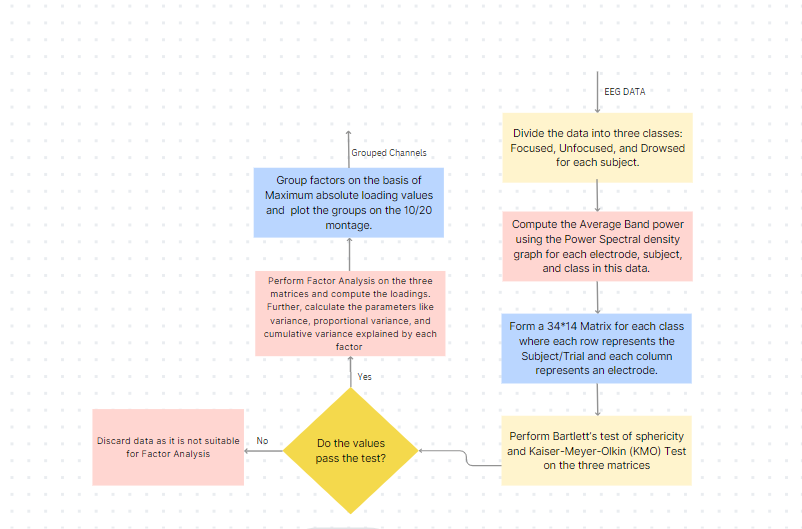
Visited NIMHANS Bangalore
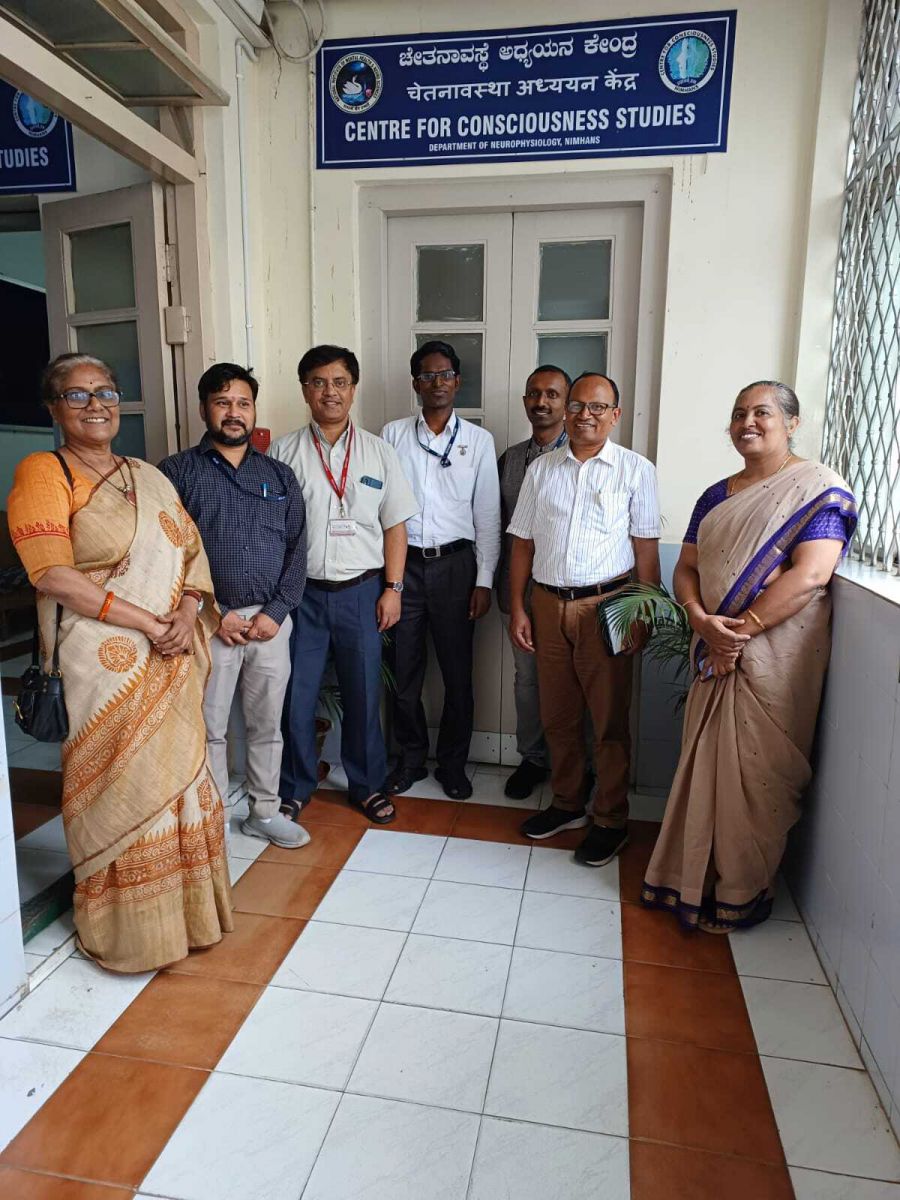
Poster Presentation in RISE
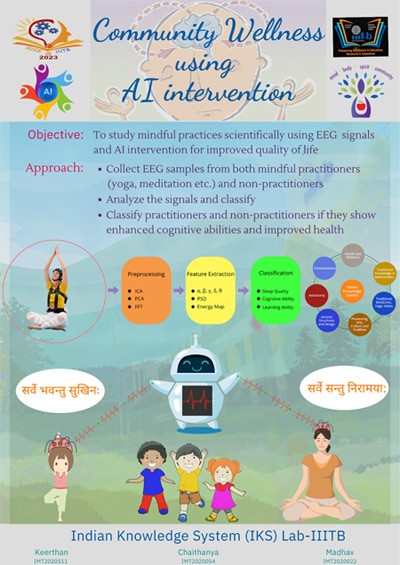
To understand better and optimal way of localizing the EEG montages for various applications, our interns Leelavamsikrishna and Jayadev have done the work, that can be seen at:





